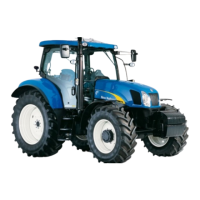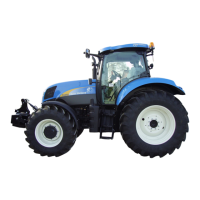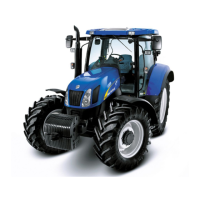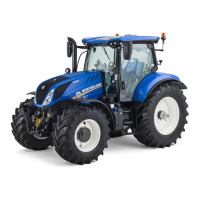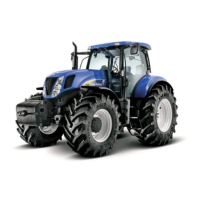SECTION 3 -- FIELD OPERATION
3--132
MOVING A WHEEL ON THE AXLE SHAFT
Block the front wheels and jack up and support the
rear axle.
Adjustment of the track setting is achieved by sliding
the complete wheel/hub assembly on the axle shaft.
Loosent he t wocent rewedgebolt s( 1) Figur e 227,
approximately 0.5 in. (12 mm). Remove the f our
outer wedge bolt s (2) .
Clean the bolts and threaded holes in the wedges
before lubricating and installing the outer wedge
bolts at (1) Figure 228. These bolts are used as jack
bolts to push against the wedges. T ighten the jack
bolts evenly until the wedges loosen on the axle
shaft. The wheel assembly will now be free to slide
in or out on the axle shaft.
IMPORTANT: Do not use a torque greater than 300
ft.lbs. (407 N⋅m) on the jack bolts. The use of
penetrating oil between the wedge and axle shaft will
be of benefit. If difficulty is experienced, place a shaft
protector over the end of the axle shaft and strike with
a hammer to ‘shock’ the wedge free.
227
WARNING
Take suitable precautions, including the use of safety
glasses, against the possibility of flying metal
particles.
Set the wheel to the desired position on the shaft.
Remove the jack bolts and replace them in the outer
holes (2) Figure 228.
T ighten all six wedge retaining bolts in increments
of 50 ft.-lbs. (68 Nm) until a final torque of 221 ft.-lbs.
(300 Nm ) is achieved.
IMPORTANT: The wedge bolts must be tightened
evenly.
228
Repeat the procedure on the other wheel, making
sure that both rear wheels are the same distance
from the ends of the axle shafts.
NOTE: Check the torque of all six wedge retaining
bolts on each wheel after driving the tractor for 200
yards (200 m), after 1 hour and 10 hours operation
and thereafter at the 50-hour service intervals.
WARNING
Never operate the tractor with a loose wheel rim or
disc. Always tighten nuts to the specified torque and
at the recommended intervals.
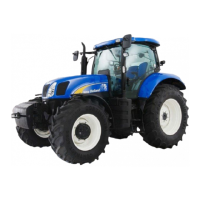
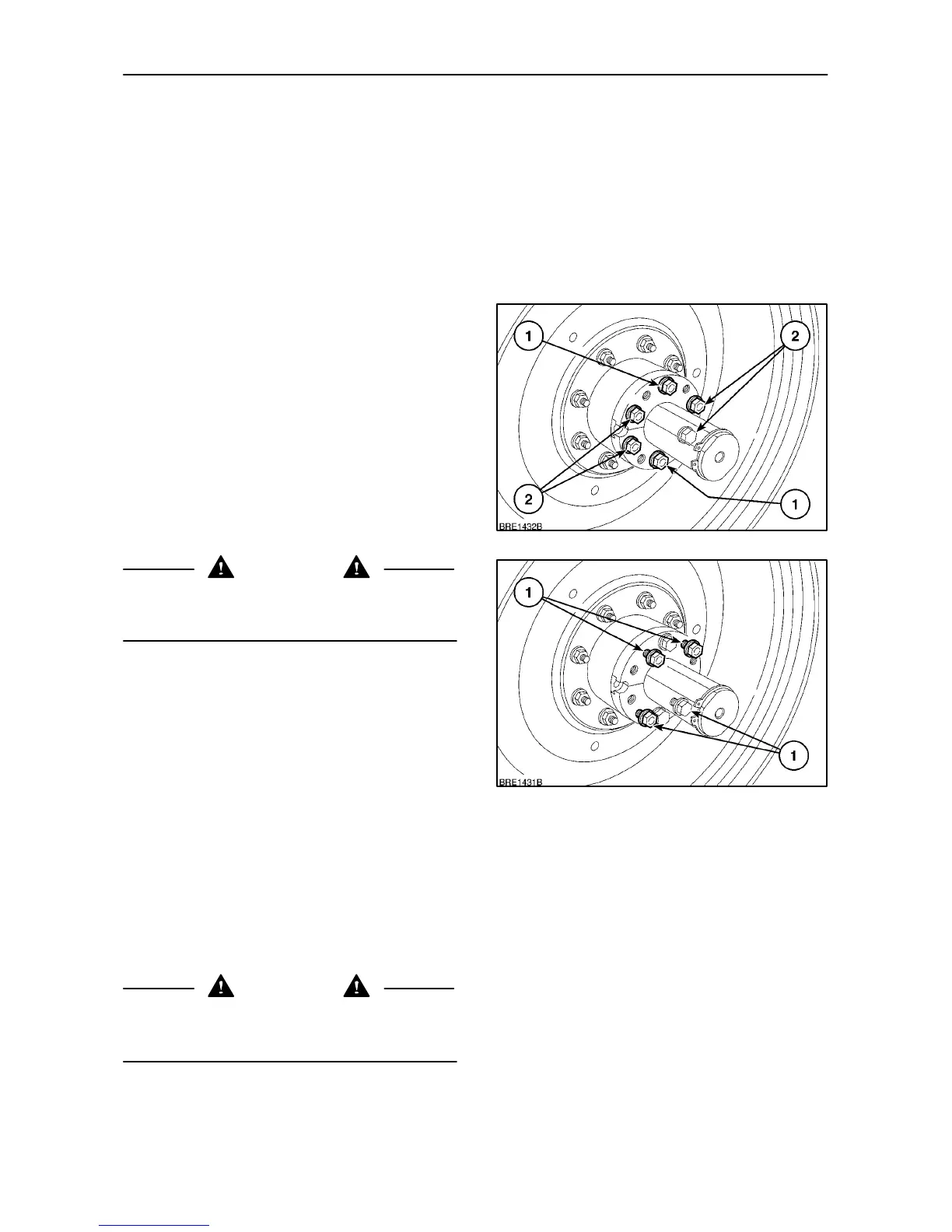